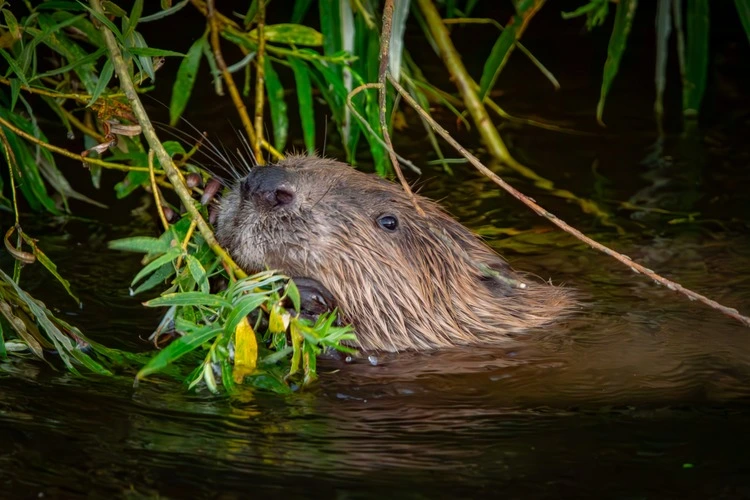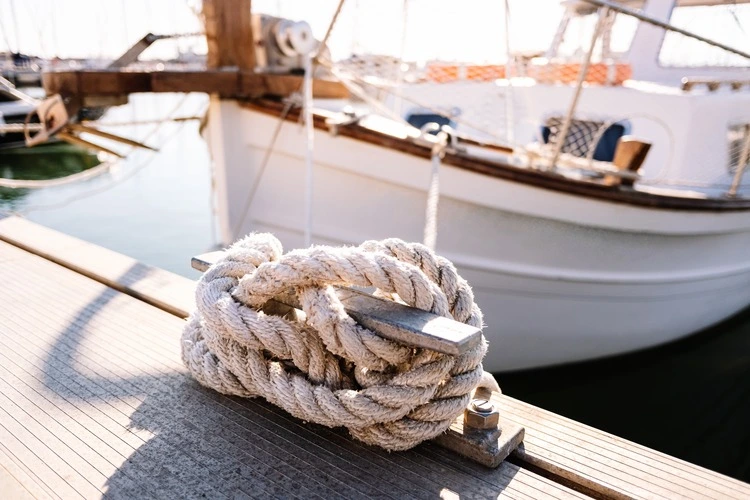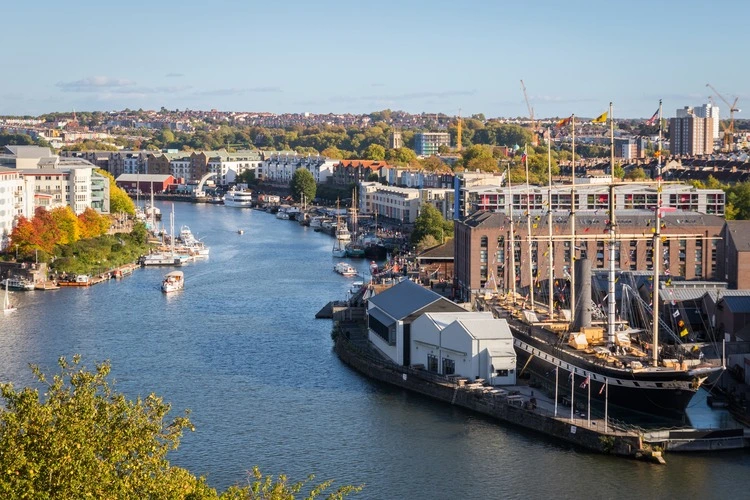 The natural activities of beavers can easily be used to help benefit our ecosystems. Image: Shutterstock
The natural activities of beavers can easily be used to help benefit our ecosystems. Image: ShutterstockMore than half of the UK’s biodiversity has been lost in the last 50 years. Discover what is being done to help restore its ecosystems
Behind the seemingly lush and decadent greenery of the UK’s rolling countryside lies a more troubling reality for its habitats and ecosystems.
In the past 50 years alone, more than half of the country’s biodiversity has been lost, whittling down wildlife and important vegetation whose presence helps to ensure a balanced and sustainable environment for all.
Protecting the environment has vast implications, and is pivotal for a stable economy too – nature-related risks could cause a decline of 12 per cent in the country’s GDP by the 2030s.
Enjoying this article? Check out our related reads:
Unsurprisingly, our relationship to these environments is far from perfect. Research shows that the UK ranks bottom in Europe for ‘nature connectedness’ and wellbeing, highlighting a prevalent detachment from our surroundings.
So how do we help the UK’s ecosystems? On a journey to find out, nature impact leader and filmmaker Mairead Cahill explores the UK’s seas, cities and land to see projects in action, looking to understand if we can reconnect with our environment along the way too.
Reintroducing beavers
One of the projects currently undertaken in the UK to support ecosystems is the reintroduction of beavers. Previously gone from our landscapes for 400 years, these small but mighty creatures play a vital role in building resilient wetland ecosystems and reducing downstream flooding by up to 30 per cent.
Considering that the UK faces increasing risks of flooding due to climate change, beavers can offer a cost-effective means of protecting local communities from the devastating impact of flooding.
Beavers can help protect against the effects of not only flooding, but droughts too. Video: The Independent
While flood management currently costs more than £2 billion a year in the UK, beavers can perform this task for free.
Conversely, beavers can also help mitigate the effects of droughts caused by intense summer heatwaves in the country. By storing water upstream using dams, beavers can inadvertently provide a source for land managers and wildlife during dry spells.
The silt that is held back by dams also acts as a carbon sink, absorbing carbon dioxide from the air which can in turn help to lower the planet’s rising temperatures.
Protecting seascapes
The first seascape-scale restoration project in the UK, The Solent Seascape Project aims to restore four key habitats across the Solent – a major strait between the Isle of Wight and mainland Great Britain – to improve biodiversity, species abundance and act as carbon, nitrate and phosphate sinks.
Trailer for the Sea, Land and City film. Video: Wonderoom
The habitats focused upon are oyster reefs, seagrass meadows, salt marshes and sea bird nesting sites, all of which have sizeable impacts on surrounding ecosystems. Oysters, for example, are able to support fish stocks and provide carbon storage and clean waters, while seagrass meadow habitats protect against coastal erosion and act as a form of blue carbon storage.
Though the project is currently focused on the Solent, it is hoped that such efforts can be scaled up and implemented across UK waters.
Implementing eco-mooring
The very process of ships anchoring to the sea-bed might seem harmless, but can wreak havoc upon surrounding ecosystems. Heavy metal anchors can rip through seagrass – vital as a blue carbon sink – and damage wildlife habitats. Instead, a project under the Studland Bay Marine Partnership has sought to find an alternative: using ‘eco-moorings’ made of springs.
 The damage that boats traditionally cause through mooring can be solved using a simple innovation. Image: Xavi Martin/Shutterstock
The damage that boats traditionally cause through mooring can be solved using a simple innovation. Image: Xavi Martin/Shutterstock
This innovation doesn’t scour the seabed floor in the same invasive way as traditional mooring methods, meaning that habitats for marine life including seahorses and rays can grow by restoring damaged seagrass meadows.
As of April 2024, a further 57 eco-moorings were permitted for use in the Stutland Bay, increasing the total number of these eco-friendly innovations to 87. At any one time, there are at least ten that can be used in the area.
Living, floating ecosystems
 The city of Bristol has incorporated an eco-friendly project into its harbour. Image: Shutterstock
The city of Bristol has incorporated an eco-friendly project into its harbour. Image: Shutterstock
In Bristol, ‘living floating ecosystems’ are being launched as part of the Capricorn Quay project into the city’s harbour. These recycleable floating islands – measuring 17m (55ft) in length – are hoped to improve waterways, increase public access to the harbour and enhance biodiversity.
Bringing nature both above and below water in the city will create an environment well-suited to wildlife including pollinators, birds, bats and invertebrates. The platforms, once fully integrated into the harbour, can also clean the water as plants on top of them take nutrients from existing waste, such as algae, in the water and consequently kill them off.
Enjoying this article? We have thousands more for you.
Get immediate access to over 1,000 Geographical magazines in our archive back to 1935.
Sign up today and you will soon be travelling back through time reading all our amazing features of the last eight decades PLUS… you also get to enjoy every new issue of Geographical each month going forward in both print and digital formats.
Simply press the button below to choose the perfect package for you.

For more information on these projects, ‘Sea, Land and City’ is available to watch via WaterBear for free.